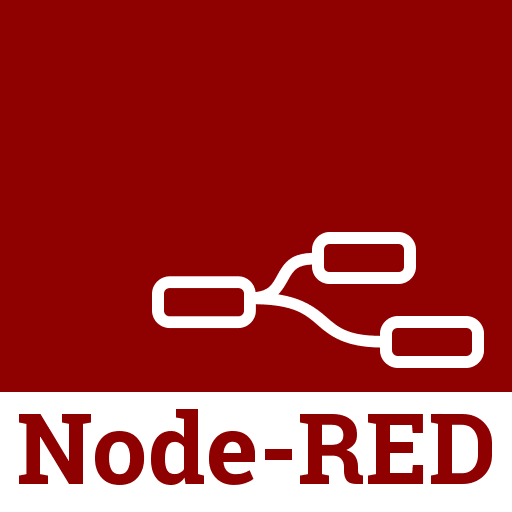Consumers want to “own” their dataーbut for business it’s a different story. By keeping your data private and not allowing your other platforms to process and analyze your data, you may lose out on competitive advantage in your industry. Additionally, you may lose a lot of productivity from not making your data easily accessible via APIs. Of course, working in a competitive industry may mean your data is your competitive advantage, but for many businesses, opening up your data to the world means more users and customers can interact with your business.
Eliminating Data Entry or Copying and Pasting
Nothing kills productivity like having to manually enter data into a spreadsheet or some other tool for analysis. Copying and pasting data from one source to another means there may be duplicate data and discrepancies between sources. One of the core tenets at Coda is giving our makers the ability to build apps, and one of the building blocks for this vision is connecting other apps makers are already using with their Coda doc.
We do this through…you guessed it…APIs. Everyday apps you use at your company like Gmail, Google Calendar, and Slack can be integrated with a Coda doc. This means your latest meetings from Google Calendar can be pulled into a doc for further analysis, or new meetings can be scheduled to be pushed to Google Calendar. The key point here is that there is no copying and pasting or manual data entry because your data on other apps is automatically synced with your Coda doc.
Context Switching Kills Productivity
There are numerous reports and studies about how multi-tasking is not actually that great for productivity. Let’s say you are trying to share a table you created in Excel with your team at your company. A common way of doing this might involve the following:
- Copy the table in Excel
- Open up your Outlook or Gmail application
- Create a new e-mail
- Paste the table into the message of your e-mail editor
- Notice some of the columns are too wide, or formatting didn’t flow through, so you edit the formatting in Excel a bit
- Repeat steps 1–5
By using theGmail API in this scenario, you can take care of the formatting, e-mail composition, and even the sending of an e-mail in a different surface without having to “launch” the Gmail application. The steps above are for one of many workflows you may encounter at your company, and the APIs for various applications allows you to mix different applications together. For Google, creating the Gmail API is a key strategy for getting more users and developers using Gmail. A whole cottage industry for helping you connect different APIs together makes it dead simple to automate your workflows. Read Coda’s perspective onconnecting your data together via Coda Packs.
Open Data Encourages Innovation Within Your Community
Coda also decided to create an API to give users the ability to further connect their apps and data together. Innovation happens when your community has the tools it needs to build libraries that would not exist if your data sat behind a paywall.
For instance, a community member built a PHP library utilizing the Coda API which allows people to access data from their docs in web development projects. There hasn’t been a use case for a Coda doc to act as a backend for your website or CMS, but with this library, it becomes a reality. Libraries built by community members are also open source so anyone can submit issues, feature requests, and contribute to the project.
What about connecting data with the physical world? Node-RED is a programming tool created by the IBM Emerging Technology team that gives users the ability to connect APIs with hardware. This tool is primarily used for IoT use cases, but the community has found interesting ways to wire together workflows.
A Coda community user also found the need to build a library that connects their Coda docs with the Node-RED tool, and created this library to solve this problem. Furthermore, the user created a package on npm, the most popular package manager for Javascript to make the library more accessible.
Conclusion
Through the above two examples of two users innovating with an API that was open to the public, more connections can be made between different APIs that did not speak to each other previously. What was the ultimate goal? To increase productivity, automate workflows, and encourage others to build and innovate in new ways that were not possible before.
Building and testing APIs should also be a seamless and automated process. I already showed that IBM is innovating with the Node-RED tool as it allowed members in our community to build other amazing tools.
It is critical to use tools such as IBM’s API Connect Test and Monitor that makes testing and monitoring APIs dead-simple. It requires zero code and removes a lot of the manual work that is typically required with other tools.
API Connect Test and Monitor is free-forever — get started: http://ibm.biz/apitest







Top comments (0)